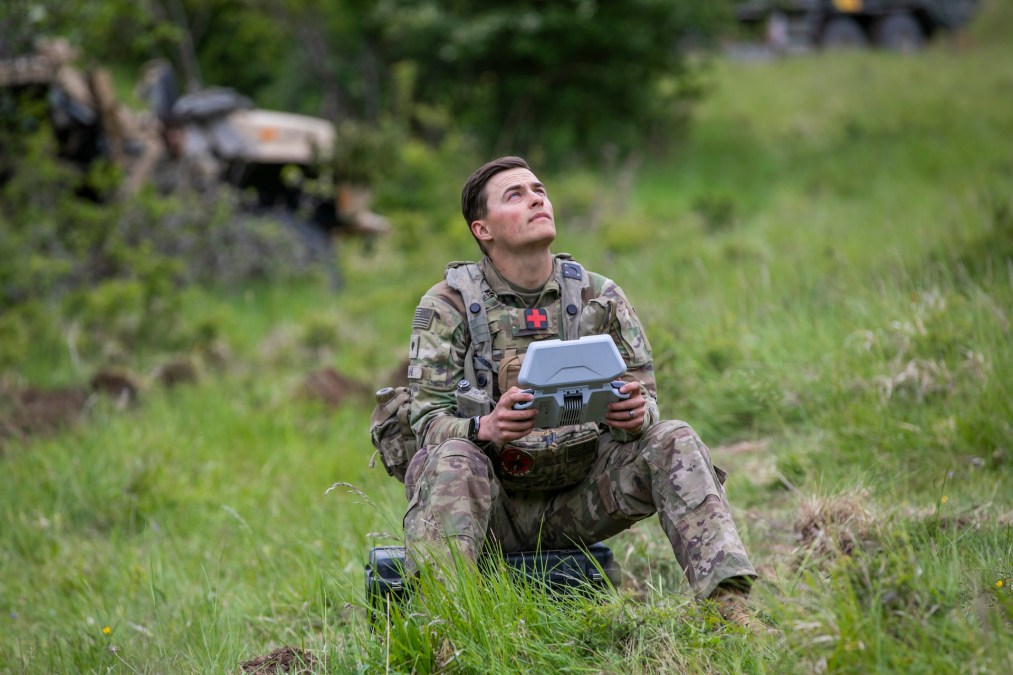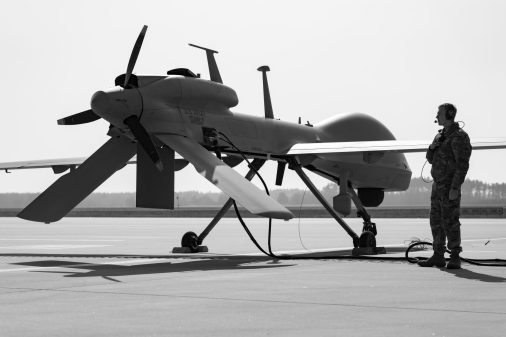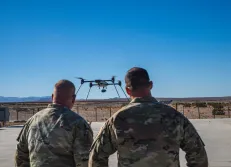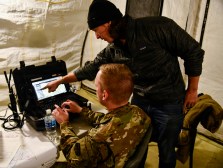Army considers buying thousands of portable small drone detectors — including for Taiwan

The U.S. Army is considering buying more than 4,000 drone detectors that are exportable to Taiwan, according to a sources sought notice published Tuesday.
The government requires non-developmental counter-unmanned aerial systems to be delivered to the Communications-Electronics Command’s Integrated Logistics Support Center at Aberdeen Proving Ground, Maryland, per the notice.
“The intent of this Sources Sought is to assess the availability of vendors and pricing” to provide 4,145 counter-UAS systems to meet the requirement, officials wrote.
The Army is eyeing devices that can detect, track and identify small drones in the Group 1, 2 and 3 categories of UAS and allow operators to “tag” them as friendly or foe.
Officials are looking for technology that can provide real-time classification of drone threats operating in the ISM frequency spectrum and display critical information about them.
More specifically, they want a soldier-portable capability that offers threat detection with 2-plus mile range; handheld display unit with network connected and offline map display; ability to create a user-defined “tripwire” drone warning area on a map display to alert users to incursions; show threat information such as speed and altitude with geolocation accuracy of 10-20 meters; and identify the position of the “initiator,” or remote controller, among other desired characteristics.
Officials noted that the non-developmental or commercial systems must be exportable to Taiwan and cannot be made in China.
Pentagon officials are concerned that China’s military forces might try to invade Taiwan, a self-governing island that Beijing aims to bring under Chinese Communist Party control. In recent years, the People’s Liberation Army has been conducting large-scale military activities in the region that some observers believe could be a portent for a future attack.
For decades, the United States has provided military equipment to Taiwan, but some U.S. officials feel a greater sense of urgency now as China beefs up its military capabilities.
The U.S. military is also investing in a wide variety of new counter-drone technologies to protect its own forces around the world. Notably, counter-UAS is one of the focus areas of the Army’s transforming-in-contact initiative.
Industry responses to the sources sought notice are due June 4.






